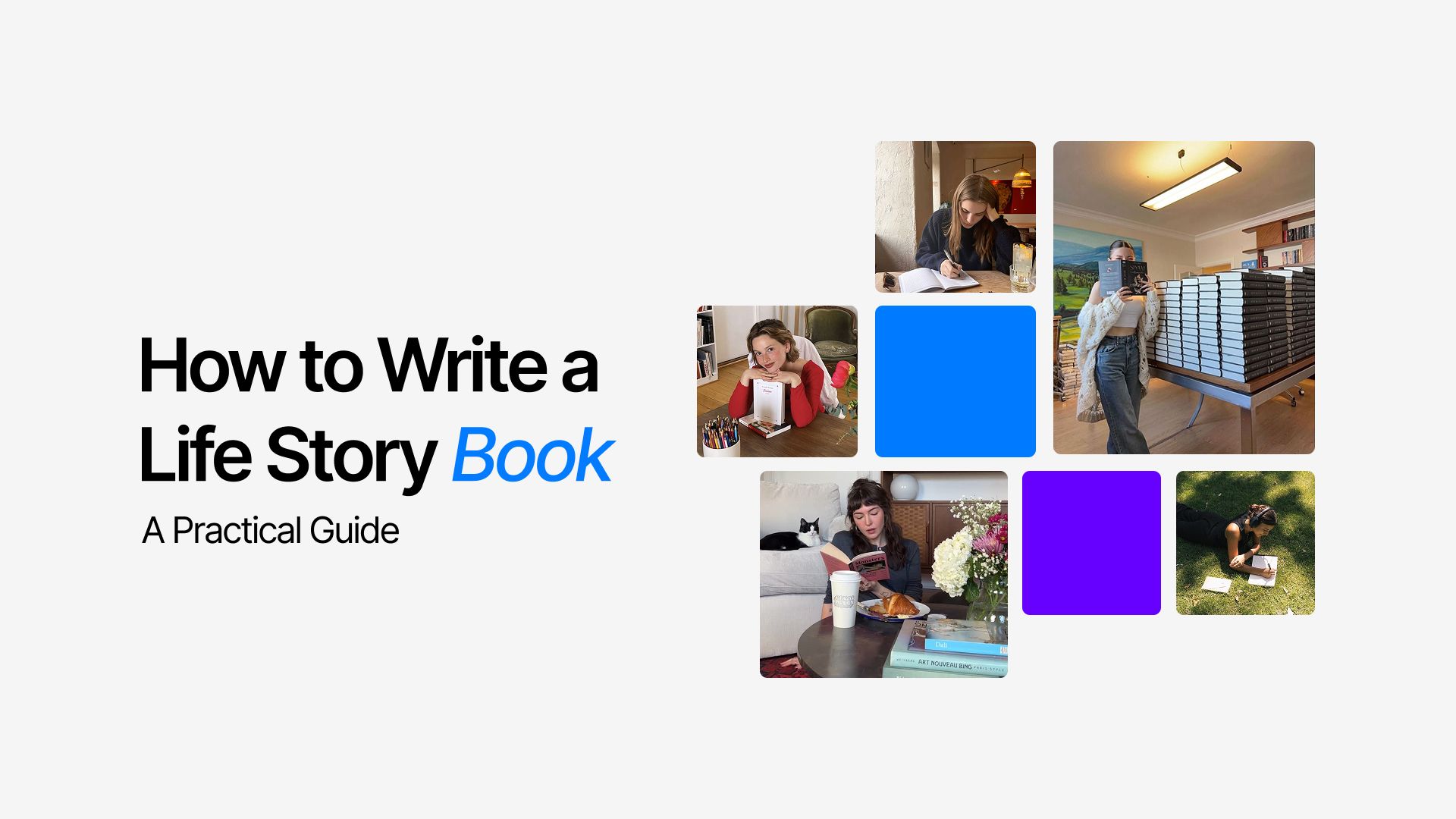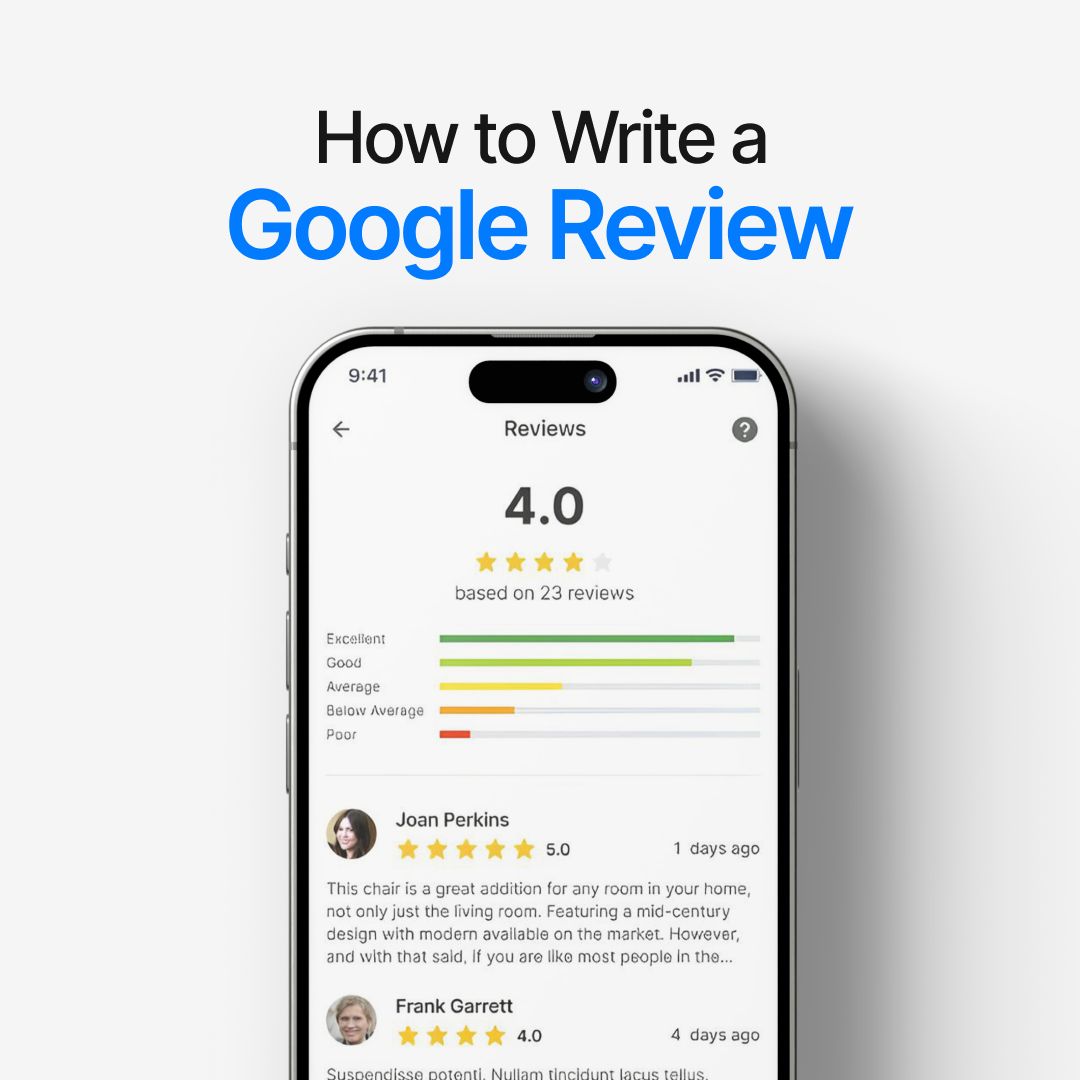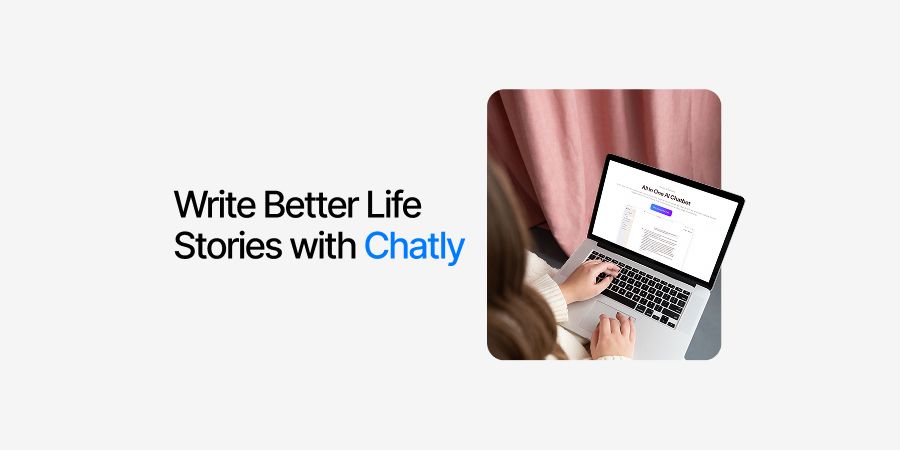
How to Write a Life Story Book: A Practical Guide
A life story book is more than a collection of memories. It is a record of experiences, choices, and lessons that shape who you are.
People write these books to preserve family history, to reflect on their own journeys, or to inspire others with personal insights. Unlike casual journaling, a life story book requires structure, clarity, and consistent effort to bring out meaning behind events.
Life Story Book vs Memoir vs Autobiography
These terms often overlap, but each serves a distinct purpose. Understanding the differences helps narrow focus before writing.
A life story book usually covers broad personal experiences. It mixes milestones with reflections and is often intended for family, friends, or future generations. It captures both facts and emotions, giving the reader a sense of how life unfolded.
A memoir is narrower. It explores one theme, event, or period in detail. For instance, a memoir might focus only on years of career growth, travel experiences, or overcoming a health challenge.
An autobiography is the most formal. It typically covers an entire lifespan in chronological order, presenting verified facts, achievements, and milestones. Autobiographies often target a wider public audience and follow a more rigid historical style.
Choosing between them depends on your goal. If you want to record family history for future generations, a life story book is the right choice. If the aim is to highlight a single transformative experience, a memoir fits better. An autobiography works if the goal is a formal, comprehensive account.
How to Start Writing Your Life Story
Beginning a life story book can feel overwhelming. The key is to simplify the process into clear steps that move you from scattered memories toward a structured narrative. A strong start sets the pace for the rest of the book.
Define Your Purpose
Ask yourself why you are writing. Some people want to leave a record for their children and grandchildren. Others want to reflect on achievements or challenges. Your purpose will decide the tone, length, and level of detail.
Choose a Timeline Approach
Writers usually decide between two main structures. A chronological approach moves through life events in sequence, making it easier for readers to follow. A thematic approach groups stories by topics like family, travel, career, or personal growth. Both work well, but consistency is critical once you choose.
Collect Core Memories
Start gathering key events and moments. These could be childhood memories, important relationships, turning points, or failures that taught you something lasting. Use a notebook, spreadsheet, or digital tool to capture details as they come back.
Outline Before Writing
Outlining gives direction. Break the story into chapters or sections that flow naturally. This prevents the narrative from becoming repetitive or confusing. Even a simple framework – introduction, life stages, key lessons, conclusion – can bring order.
Set Realistic Writing Goals
Writing everything at once leads to burnout. Set aside small daily or weekly targets, such as one page a day or one memory per session. Over time, these small steps build momentum.
Tips for Staying Motivated in the Early Stages
-
Keep notes handy to capture sudden memories
-
Use prompts to unlock forgotten details
-
Avoid over-editing during the first draft
-
Reward progress with milestones
Starting is about creating momentum, not perfection. Every note, outline, and short passage adds up to a stronger manuscript.
Structuring Chapters in a Life Story Book
A life story book without structure quickly feels scattered. Chapters bring rhythm, direction, and clarity. They give readers clear entry points and help you control pace and flow. The way you divide chapters will decide how engaging and coherent the book feels.
Create Natural Breaks in the Narrative
Think of chapters as pauses that let readers breathe. Break the story at natural transition points such as childhood to teenage years, school to career, or personal milestones like marriage or parenthood. These pauses also keep long narratives from overwhelming readers.
Balance Chapter Lengths
Consistency matters in nonfiction storytelling. Chapters that run for a similar length create a steady rhythm. If one chapter spans ten pages and the next only two, it distracts the reader. Aim for uniformity without forcing unnecessary padding.
Open Each Chapter with a Hook
The first few lines of a chapter decide if the reader continues. Open with a striking memory, a vivid description, or even a small anecdote that sets the mood. Strong openings guide attention toward the deeper story within the chapter.
Close with Reflection or Transition
End chapters with closure or reflection. A short takeaway helps readers connect events to broader themes. If the next chapter follows naturally, use a sentence that leads into the next stage of life. Smooth transitions strengthen continuity.
Weave in Supporting Elements
Some chapters benefit from photos, letters, or journal entries. Others may work better with short dialogues or quotes from people who influenced that part of your life. Supporting elements add variety and make the narrative feel richer.
Tips for Strong Chapter Design
-
Keep chapters centered on one main idea or stage
-
Use vivid but concise titles for clarity and value
-
Avoid unnecessary detours that dilute the story
-
Stick to a logical order, chronological or thematic
-
End chapters in ways that encourage curiosity for the next
A clear chapter framework prevents drift. It makes the writing process easier for you and delivers a smoother experience for readers.
Writing Style and Voice in a Life Story Book
The voice you choose shapes how your story feels to readers. It influences tone, flow, and the level of intimacy. Readers connect more deeply with a life story that feels authentic, consistent, and intentional.
Decide on the Perspective
First-person narration gives immediacy, letting readers step directly into your experiences. Third-person narration creates distance but can offer a broader view. Choose one and commit to it throughout the book to avoid confusion.
Set the Tone Early
The tone should reflect your personality and life journey. A reflective tone works well for stories of resilience or lessons learned. A lighter, conversational tone suits humorous or adventurous stories. Setting tone early ensures readers know what to expect.
Balance Detail and Brevity
Rich details bring scenes to life. Mention sounds, smells, and textures that make moments vivid. At the same time, avoid long, cluttered descriptions that slow the narrative. Strong writing strikes a balance between clarity and richness.
Use Simple, Clear Language
Complicated sentences dilute impact. Readers stay engaged with straightforward language that carries meaning without effort. Plain words, when arranged with care, often resonate more than elaborate phrasing.
Maintain Consistency Across Chapters
Switching style mid-book weakens continuity. Ensure vocabulary, rhythm, and tone remain steady from beginning to end. Consistency signals professionalism and keeps readers immersed in the journey without distraction.
Allow Personal Voice to Shine
Do not over-edit to the point that your personality disappears. A life story is personal by nature. Let quirks, humor, or distinctive expressions remain as long as they serve readability and do not disrupt flow.
Key Style Guidelines
-
Keep sentences concise, ideally under twenty words
-
Avoid jargon that narrows audience reach
-
Vary rhythm with both short and long sentences
-
Edit repeatedly for clarity and coherence
-
Let voice reflect who you are, not who you think readers expect
Editing and Polishing a Life Story Book
Finishing the first draft is not the end of the work. Editing sharpens the story, cuts excess, and ensures every page reads with clarity. A polished manuscript strengthens both the narrative and its emotional pull.
Start With Structural Revisions
Look at the entire flow of the book. Does each chapter move naturally into the next? Are there gaps where readers might get lost? Restructure sections if needed, ensuring events follow a logical order that reflects your intended theme.
Trim Repetition and Filler
Life stories often repeat ideas without realizing it. Read with a critical eye and cut phrases that add no new meaning. Lean text has more power, keeping readers engaged without distraction.
Refine Sentences for Impact
Replace weak verbs with stronger ones. Shift passive phrases into active voice to make the story feel alive. Shorten long sentences where possible. A crisp rhythm helps the reader glide through even complex moments.
Strengthen Dialogue and Quotes
Conversations should feel real, not scripted. Edit dialogue so it sounds natural but also serves the story. Avoid long, rambling exchanges that dilute focus. Keep only lines that reveal character or move the narrative forward.
Check Consistency Across Details
Dates, places, names, and facts must remain consistent throughout. Contradictions break trust and make the story less credible. Cross-check details with journals, records, or family accounts to ensure accuracy.
Focus on Readability
Break large blocks of text into shorter paragraphs. Use transitions that guide readers gently, not abruptly. Headings, where appropriate, help organize sections and improve scanning for those who want to revisit specific parts.
Seek Outside Feedback
Final Proofreading
Run multiple proofreads focusing on grammar, punctuation, and typos. Even a single overlooked error can interrupt immersion. Use digital tools for checks, but trust manual review for subtle mistakes.
Key Editing Priorities
-
Ensure chapters flow without gaps or jumps
-
Remove repetition and unnecessary filler
-
Keep tone, names, and facts consistent
-
Refine dialogue for authenticity
-
Proofread multiple times for perfection
Polishing a life story is about respect for both the subject and the reader. Careful editing transforms raw memory into a book worth revisiting.
Publishing Options for a Life Story Book
Finishing the manuscript is one milestone. Getting it into the hands of readers is the next. Choosing the right publishing path determines how the book reaches its audience and how much control you retain.
Traditional Publishing
Submitting your life story to established publishers offers credibility and professional polish. These houses handle editing, cover design, printing, and distribution. The process, however, is competitive and often requires a literary agent.
Acceptance can take months, sometimes years, and royalties are typically modest. Yet the trade-off is access to bookstores, marketing networks, and industry prestige.
Self-Publishing
Authors who want full control often turn to self-publishing. Platforms such as Amazon Kindle Direct Publishing, IngramSpark, and Barnes & Noble Press let you upload, format, and sell your book globally. You manage editing, design, and promotion, but the upside is higher royalties and the ability to publish on your timeline.
Hybrid Publishing
A middle ground exists in hybrid publishing. Here, you invest upfront to cover professional services like editing and marketing, and the publisher provides support while leaving you more control than traditional routes. It costs more than self-publishing but saves time and ensures quality through professional help.
Ebooks and Audiobooks
Digital formats expand reach beyond printed copies. Ebooks are cost-effective and accessible on phones, tablets, and e-readers. Audiobooks are rapidly growing, appealing to audiences who prefer listening on the go. Recording an audiobook adds intimacy to your story, especially if narrated in your own voice.
Private Publishing
Some life stories are meant for family, friends, or specific groups rather than the mass market. Private printing services create high-quality copies without broad distribution. This option works well for memoirs intended as keepsakes or legacy projects.
Key Publishing Considerations
-
Audience Reach: Do you want global visibility or a close circle of readers?
-
Budget: Traditional routes cost less upfront, but self and hybrid publishing often require financial investment.
-
Control: Decide how much input you want over editing, design, and marketing.
-
Formats: Consider offering print, digital, and audio to maximize reach.
-
Timeline: Traditional publishing is slow. Self-publishing is faster.
Choosing a publishing option depends on your goals. Some writers want legacy, others want sales, and many want both. Knowing your priorities ensures the story reaches readers in the most effective way.
Marketing and Sharing Your Life Story Book
Publishing a life story book is only half the work. Reaching readers requires a clear marketing plan that builds visibility and credibility. Without promotion, even powerful stories risk being overlooked.
Build Your Author Brand
Leverage Book Launch Campaigns
Engage with Communities
Targeted communities often respond well to authentic personal stories. Join book clubs, writing groups, or online forums where readers discuss memoirs and biographies. Partner with local libraries, schools, and cultural organizations to present readings or Q&A sessions.
Use Content Marketing
Blog posts, guest articles, and podcasts provide avenues to highlight sections of your story and attract readers searching for similar experiences. Repurpose chapters into smaller content pieces that answer common questions or highlight lessons.
Tap into Reviews and Testimonials
Positive reviews build trust. Encourage readers to leave feedback on Amazon, Goodreads, and other platforms. Consider asking professionals or influencers aligned with your story’s subject to provide testimonials for credibility.
Promote Across Multiple Formats
If you’ve produced ebooks or audiobooks, promote them separately. Different formats expand accessibility and broaden audience reach. Mention how readers can engage with the story in whichever medium suits them best.
Key Tactics for Visibility
-
Establish a consistent social media presence.
-
Submit the book to online directories and databases.
-
Pitch to journalists or blogs covering life stories.
-
Offer free chapters or previews as lead magnets.
-
Collaborate with podcast hosts or book reviewers.
A structured marketing approach keeps your book visible and discoverable. Storytelling draws interest, but strategy ensures readers can find and connect with it.
Conclusion
Writing a life story book is both craft and commitment. It requires clarity, discipline, and an understanding of how personal stories resonate with wider audiences. A strong structure ensures flow. Careful editing shapes credibility. Marketing transforms effort into readership.
Publishing is not only about documenting your past but also about leaving something meaningful for others. A well-written life story inspires, educates, and connects across time. By planning properly, focusing on detail, and approaching promotion strategically, your book can achieve visibility and impact.
Key Takeaways
-
Structure your life story book with clarity and purpose.
-
Balance creativity with readability and coherence.
-
Edit thoroughly and seek professional feedback.
-
Develop a clear marketing plan for long-term visibility.
-
Position the book as both personal legacy and public contribution.
Frequently Asked Questions
Here are the top questions we get related to writing a life story book.
More topics you may like

How to Write a Case Study, with Examples, Tools and Templates

Muhammad Bin Habib

How to Write a Complaint Letter to a Hospital


How to Write a Google Review That is Helpful and Feels Unbiased

Muhammad Bin Habib

How to Write a Great Memoir: How to Start & Finish Your First Draft

Muhammad Bin Habib

How to Write AI Art Prompts: A Complete Guide

Muhammad Bin Habib
